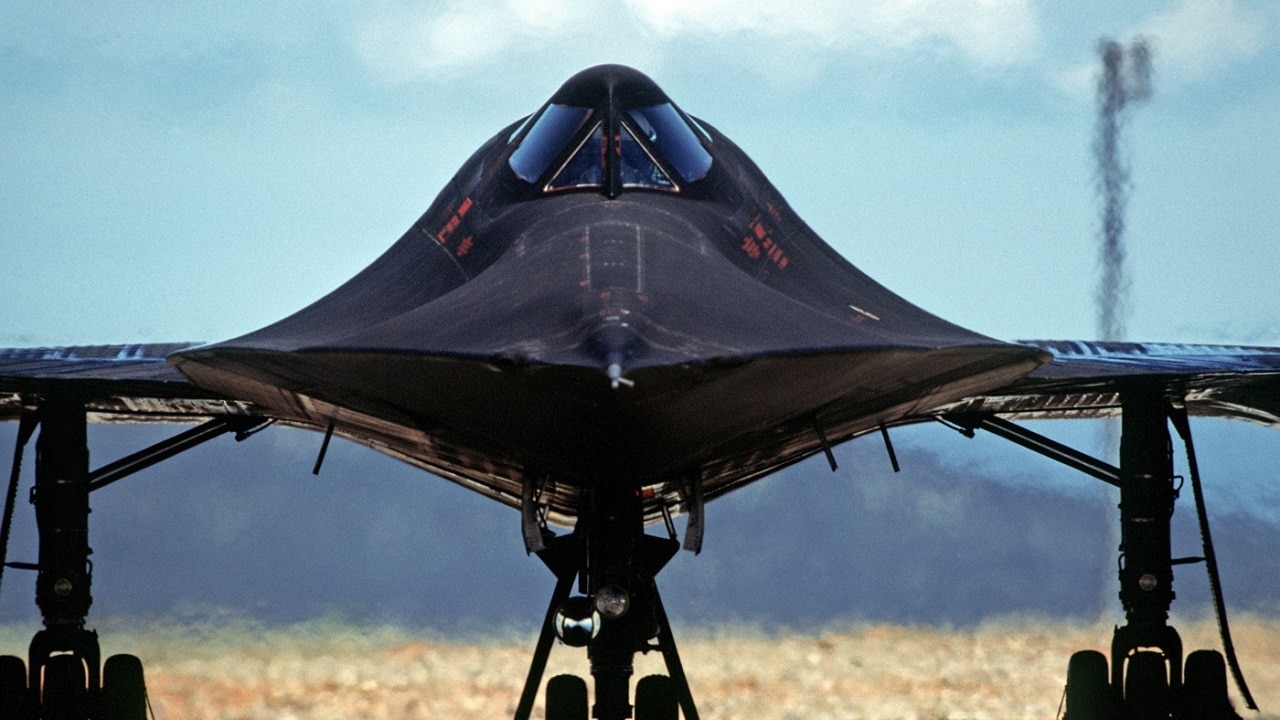
SR-71 Spy Plane. Image Credit: Creative Commons.
How the SR-71 Became the Fastest Plane in the World: The Lockheed Martin SR-71 Blackbird (or, as its aircrew members have dubbed it, the Habu, after a pit viper indigenous to Japan) is, without a doubt, one of the most legendary and iconic military aircraft of all time, by simple virtue of the fact that 58 years after its invention and 23 years after its official retirement (retired by the U.S. Air Force in 1998 and by NASA the following year), it still remains the world’s fastest air-breathing aircraft.

SR-71 Blackbird sitting in a Smithsonian Museum outside of Washington, DC back in 2013. Image Credit: 19FortyFive.
SR-71: How Fast?
How fast? Test pilot Jim Eastham managed to push one to Mach 3.56, or just under 2,400 mph, for approximately 15 seconds whilst in a dive, as noted by retired U.S. Air Force Master Sergeant Jim Goodall (author of the book Lockheed SR-71 Blackbird: The Illustrated History of America’s Legendary Mach 3 Spy Plane): “Jim said he dropped the nose down a bit to see if he could at least reach Mach 3.0. Out of nowhere, Jim hit good air and in the dive with good air he red lined everything. He went into his descent profile and headed back to the test site.” The exact date of that accomplishment is unknown; however, it is known that in July 1976, an SR-71 set not one but two world records – one was an absolute speed record of 2,193.167 mph while the other was an absolute altitude record of 85,068.997 feet.

SR-71 – SUSTAINED SPEED
Another impressive feat of the Blackbird transpired on 7 March 1990, when an airframe piloted by then-Lt. Cols. Raymond E. Yeilding and Joseph T. Vida (both USAF), flew from West Coast of the United States to the US East Coast, a mind-blowing 2,404 miles in 68:17.
To provide the reader with even further appreciation for the SR-71’s speed, its sustained airspeeds of Mach 3.2 ensured that even the Soviet Union’s much-feared MiG-25 (NATO reporting name “Foxbat”), the world’s fastest interceptor, could not catch it even at its own impressive airspeed of 2.8+ Mach; on-paper the MiG-25 could attain a maximum speed of 3.2 Mach, but in reality, this would entail the destruction of the plane’s engines. (As an interesting side note, much of the aura of fear and mystery surrounding the MiG-25—originally designed to counter the Mach 3 XB-70 Valkyrie bomber—was dissipated after the defection of Foxbat pilot Lt. Viktor Belenko from the Soviet Union to the United States via Japan in 1976. Belenko’s story is told in detail in John Barron’s excellent 1983 book MiG Pilot: The Final Escape of Lt. Belenko, which is now out of print but readily available via used booksellers online.)
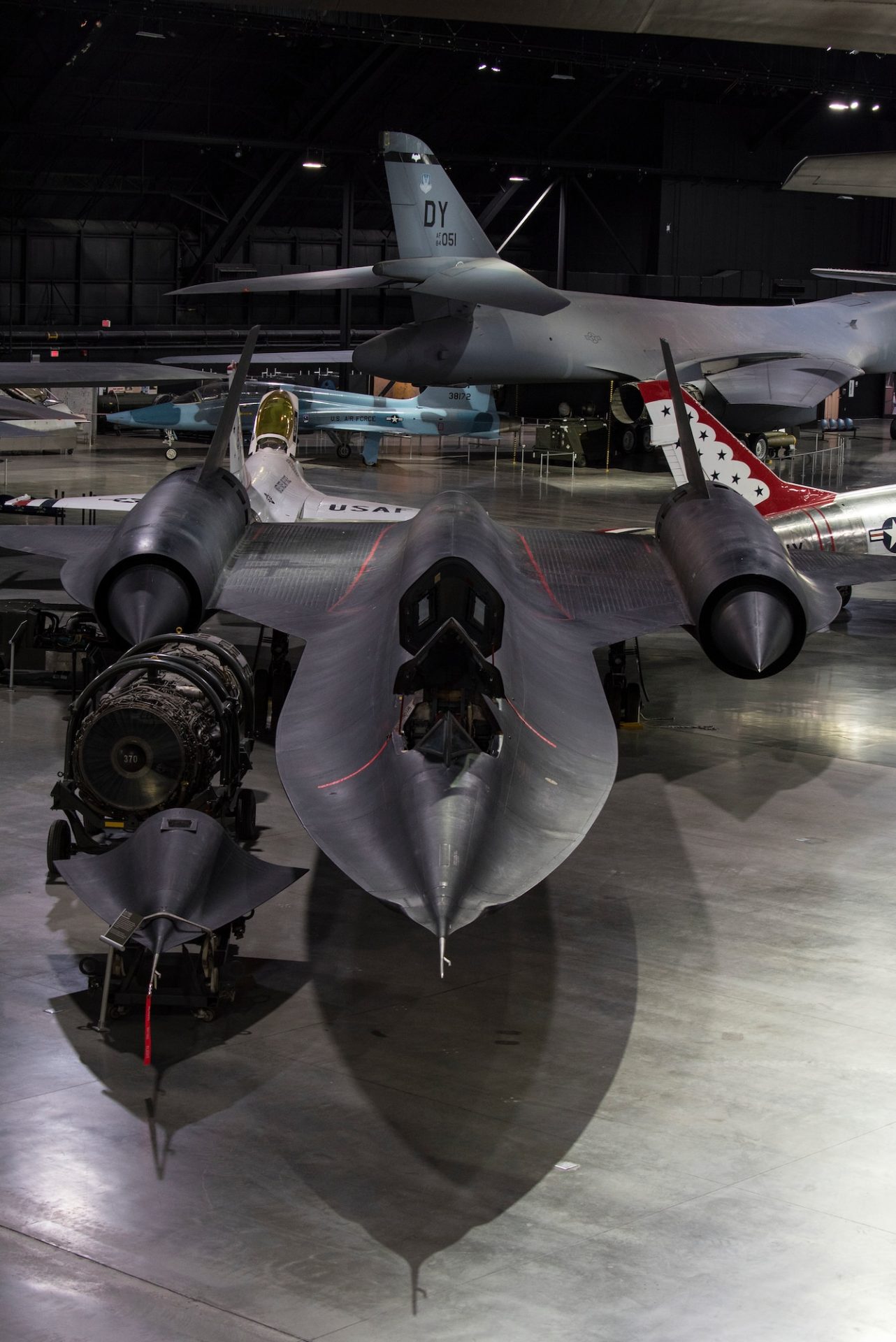
THE SR-71 WAS NEVER SHOTDOWN
The Blackbird’s legendary status is further cemented by the fact that it has never been shot down, whether by enemy fighter planes, surface-to-air-missiles (SAMs), or AAA fire (America’s other most famous and venerable spy plane, the U-2, cannot make the same boast, as Francis Gary Powers could ruefully attest), although ironically a fighter plane belonging to a friendly nation, namely Sweden’s Saab Viggen, actually came close in 1986, even obtaining missile lock and visual contact, via a head-on, game of chicken-like approach (since a tail chase would have been for naught).
The SR-71 traces its roots to Lockheed’s famed “Skunk Works” division (NOTE: the Lockheed Corporation didn’t officially change its name to Lockheed Martin until March 1995 merger with Martin Marietta), which also designed the P-38 Lightning (flown during WWII by Maj. Richard “Dick” Bong, America’s all-time highest-scoring air ace), the P-80 Shooting Star (the first jet fighter used operationally by the United States Army Air Forces [USAAF] during World War II), the F-117 Nighthawk (the original stealth aircraft), and the F-22 Raptor (the first 5th Generation fighter).
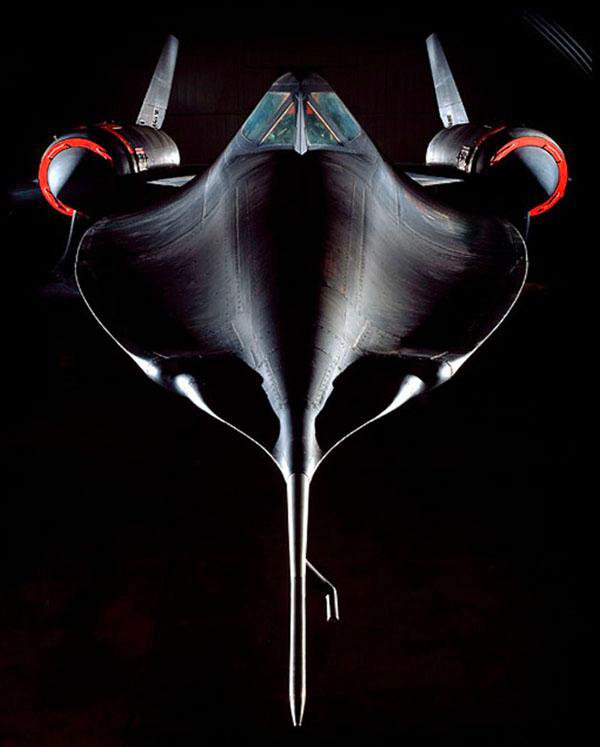
SR-71: A LEGENDARY CAREER
American aerospace engineer Clarence “Kelly” Johnson designed the airframe’s features, based heavily upon a previous Skunk Works “black project,” the A-12 reconnaissance aircraft. Equipped with reconnaissance mission features such as signals intelligence sensors, side-looking air𝐛𝐨𝐫𝐧e radar, and a camera, the SR-71 made its first flight on 22 December 1964 and officially entered into service in January 1966.
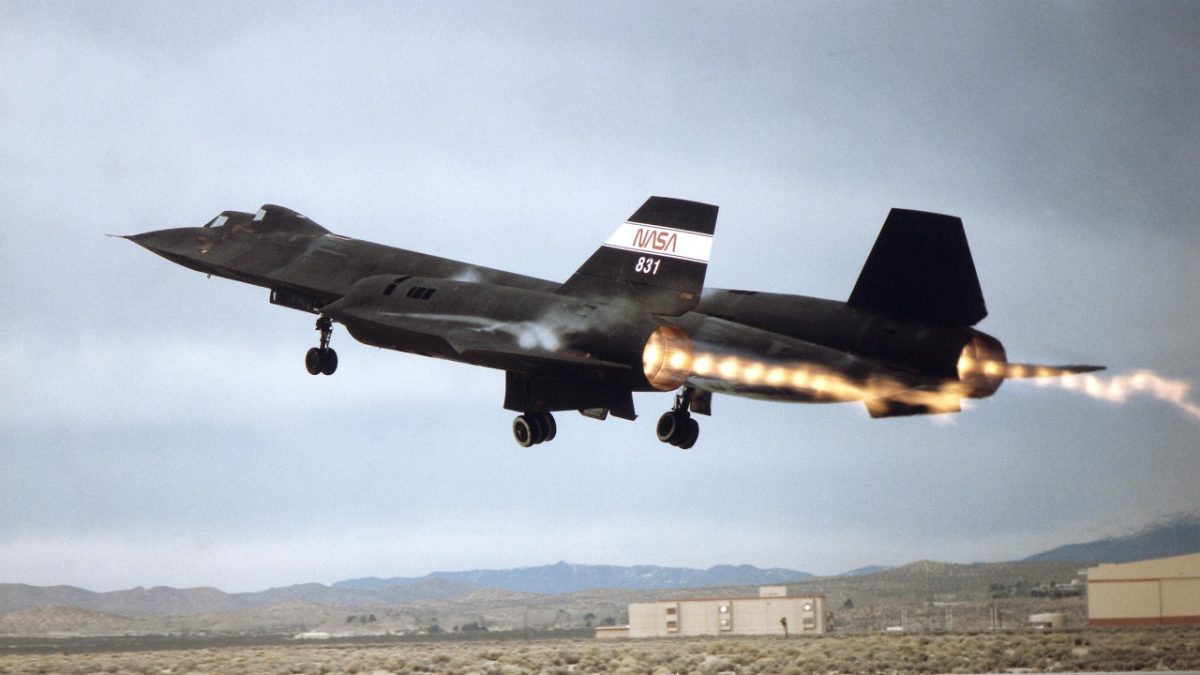
Image is of an SR-71 Spy Plane. Image Credit: Creative Commons.
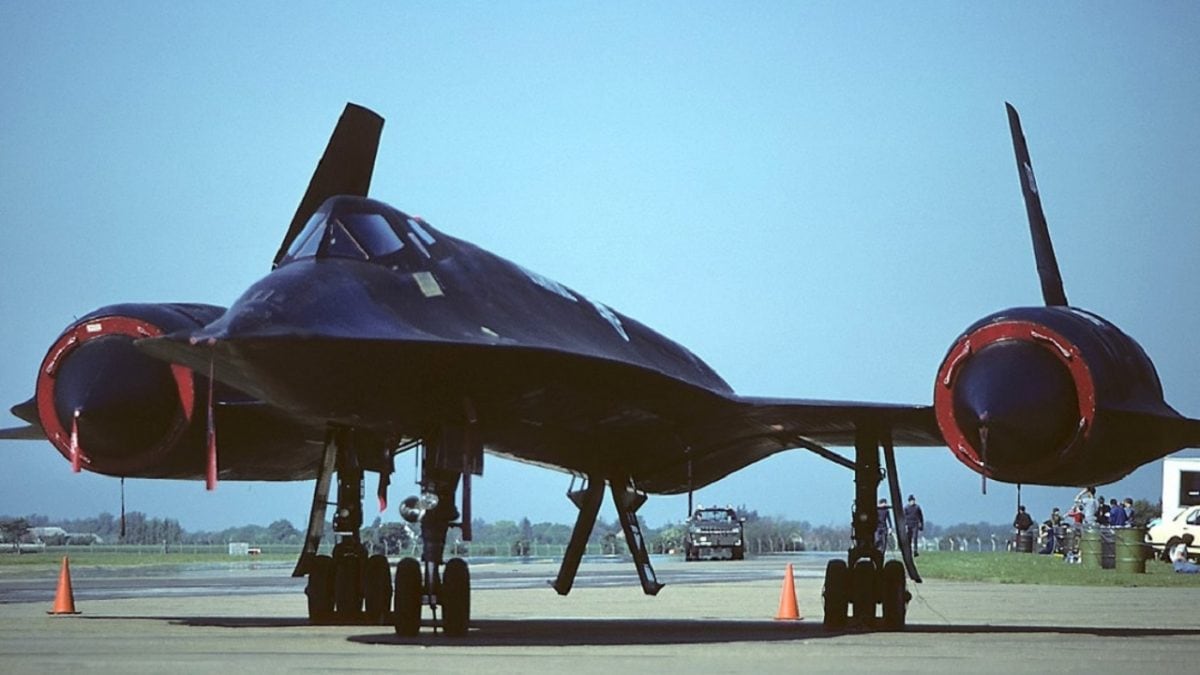
Image of SR-71 Spy Plane. Image Credit: Creative Commons.
A total of 32 aircraft were built, and although, as previously noted, none were ever lost to enemy action, 12 were lost in accidents; out of these 12 aircraft losses, only one fatality occurred, that being Reconnaissance System Officer (RSO), Jim Zwayer, who lost his life during a midair breakup incident stemming from a “severe case of engine un-start” on 25 January 1966.
During its 58 years of official service (which included an initial retirement in 1988 and an un-retirement in 1994 before the aforementioned final retirement of 1998-1999), SR-71s flew missions over the hostile skies of North Vietnam, North Korea, Libya, Cuba, and Nicaragua, as well as sorties flown off the borders of East Germany, Poland, and the USSR (including the latter nation’s submarine ports).
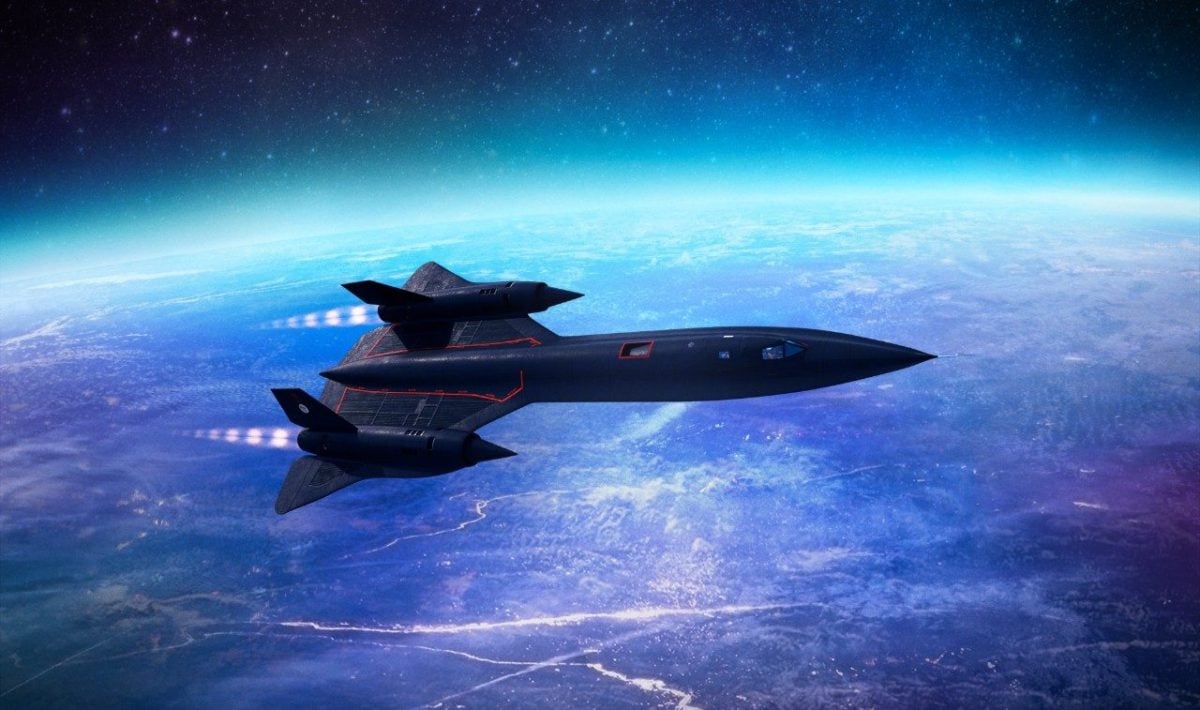
Image: Creative Commons.
The final retirement of the Blackbird has left a bit of a gap in the USA’s reconnaissance capabilities due to the inherent limitations of reconnaissance satellites, which take up to 24 hours to arrive in the proper orbit to photograph a particular target, making them slower to respond to demand than reconnaissance planes.
The Blackbird’s successor is the subject of considerable speculation, ranging from the rumored (and most likely apocryphal) Aurora project to the SR-72 (the latter of which I shall cover in a separate article). Meanwhile, the official story is that the USAF is pursuing the Northrop Grumman RQ-180 UAV to assume the SR-71’s strategic intelligence, surveillance, and reconnaissance (ISR) role.
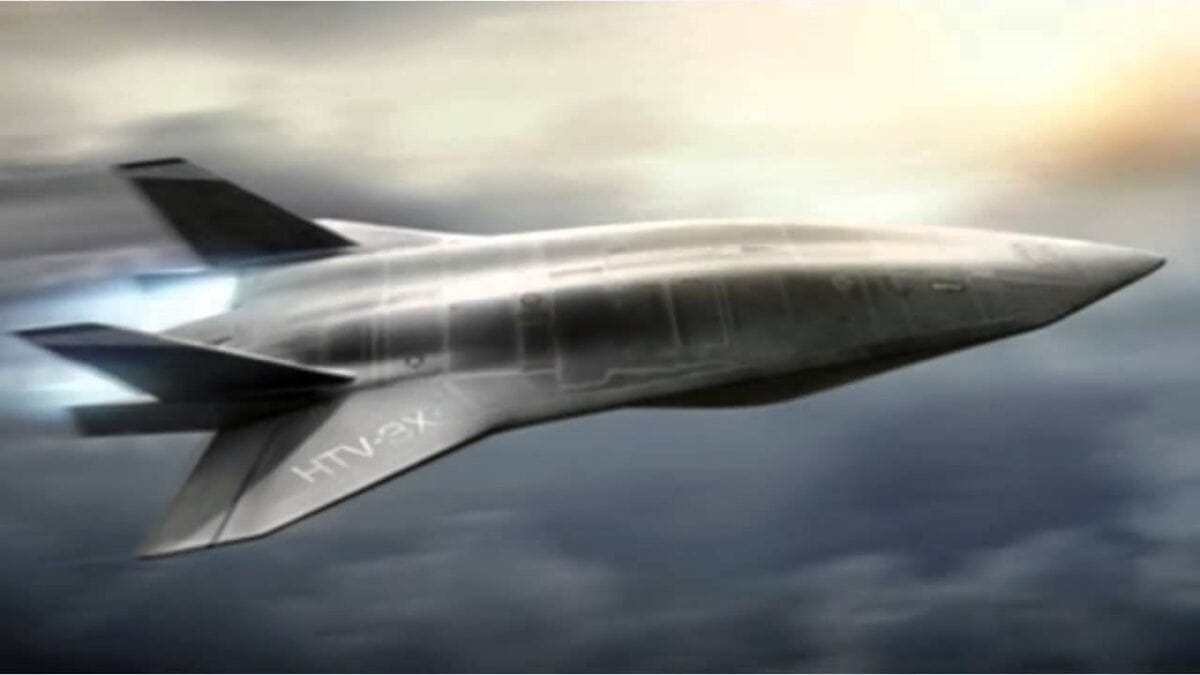
SR-72 artist image: Image Credit: Creative Commons.
ADDITIONAL SPECIFICATIONS ON THE SR-71A:
Crew: 2; Pilot and reconnaissance systems officer (RSO)
Length: 107 ft 5 in (32.74 m)
Wingspan: 55 ft 7 in (16.94 m)
Height: 18 ft 6 in (5.64 m)
Wheel track: 16 ft 8 in (5 m)
Wheelbase: 37 ft 10 in (12 m)
Wing area: 1,800 sq ft (170 sq m)
Aspect ratio: 1.7
Empty weight: 67,500 lb (30,617 kg)
Gross weight: 152,000 lb (68,946 kg)
Max takeoff weight: 172,000 lb (78,018 kg)
Fuel capacity: 12,219.2 US gal (10,174.6 imp gal; 46,255 l) in 6 tank groups (9 tanks)
Powerplant: 2 × Pratt & Whitney J58 (JT11D-20J or JT11D-20K) afterburning turbojets, 25,000 lbf (110 kN) thrust each
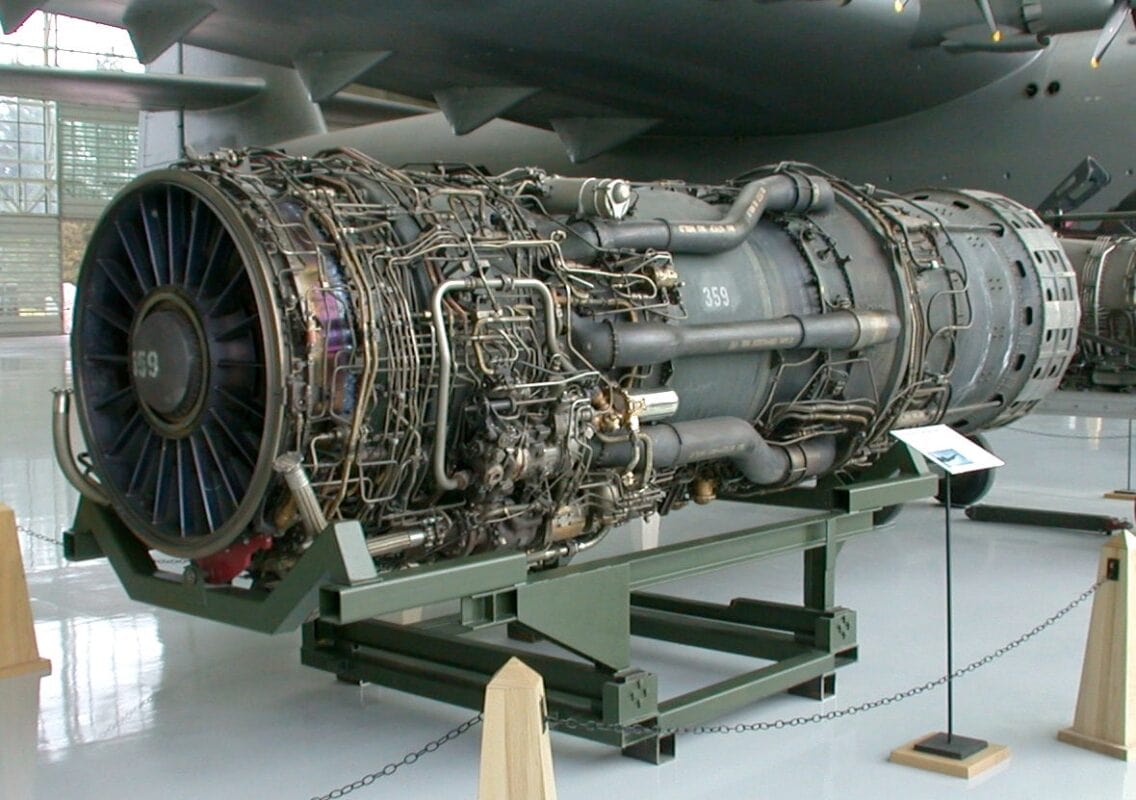
SR-71 Engine from Pratt & Whitney J58
Christian D. Orr is a former Air Force officer, Federal law enforcement officer, and private military contractor (with assignments worked in Iraq, the United Arab Emirates, Kosovo, Japan, Germany, and the Pentagon).





